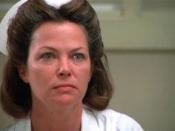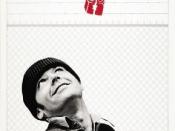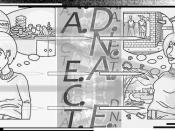Electroconvulsive therapy, also known as ECT, is a type of psychiatric shock therapy. ECT involves the induction of a seizure in a patient by passing electricity through the brain. In the 1930s, Ugo Cerletti, the Italian psychiatrist, came up with the idea for treating human beings with Electroconvulsive therapy. He was observing the barbaric act of slaughterhouse hogs being electrocuted into unconsciousness so that it was easier for workers to slit their throats. He then thought that it could also apply to human beings as a treatment for mental illnesses. ECT may be used in people with symptoms such as delusions, hallucinations, or suicidal thoughts. Doctors found this method of psychiatric therapy especially useful when other treatments such as psychotherapy and antidepressant medications had not worked. It has also become useful for the treatment of other psychiatric and neurological conditions, such as schizophrenia and Parkinson's disease.
The aim of ECT is to induce a bilateral grand mal seizure which lasts at up to 60 seconds.
A grand mal seizure is when the brain's neurons are forced to speed up to their maximal rate, which is often four to six times that of the normal. ECT results in a drastic fall and increase of blood pressure, causing severe circulatory stress on the heart. ECT also causes heart tissues to be starved of nutrients which can cause improper heart function. Endorphins, the body's "pain killer", are released to reduce the severity of seizures. The body's glandular system responds to electric shock by flooding the body with many major hormones including adrenalin, growth hormone, thyroxine, prolactin, and oxytocin.
In 1975, the film One Flew Over the Cuckoo's Nest, a story based on Ken Kesey's novel, was released. In the movie, Jack Nicholson played the unforgettable character Randle P. McMurphy. McMurphy is given...


